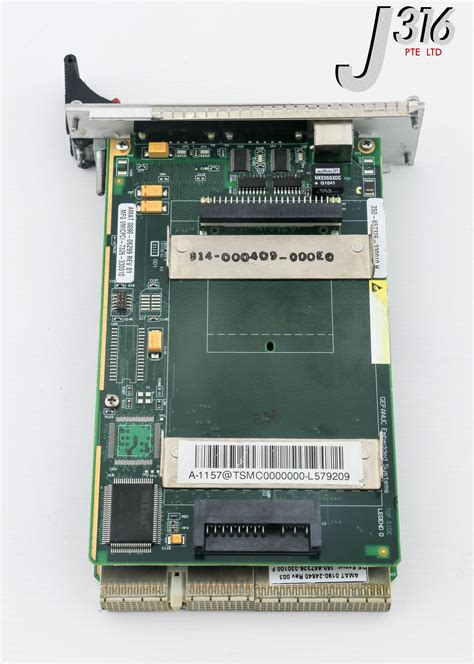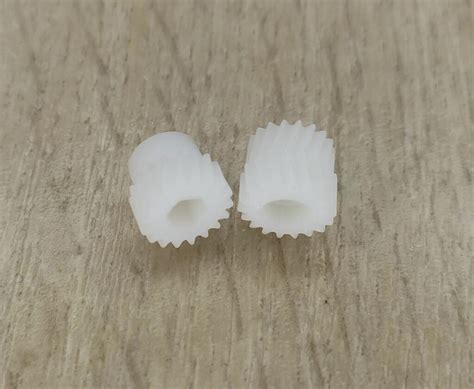FFC vs. FPC Cable: A Comprehensive Comparison
Introduction
In the world of electronics and interconnect solutions, Flexible Flat Cables (FFC) and Flexible Printed Circuits (FPC) are two widely used technologies that enable the transmission of signals and power in compact and flexible formats. Both FFC and FPC cables are essential components in modern electronic devices, ranging from consumer electronics like smartphones and laptops to industrial equipment and automotive systems. Despite their similarities in terms of flexibility and application, FFC and FPC cables differ significantly in their construction, manufacturing processes, performance characteristics, and use cases. This article provides a comprehensive comparison of FFC and FPC cables, exploring their differences, advantages, disadvantages, and applications.
1. Overview of FFC and FPC Cables
1.1 What is FFC Cable?
Flexible Flat Cable (FFC) is a type of cable that consists of flat, thin conductors laminated between layers of insulating material. The conductors are typically made of tinned copper, and the insulation is often composed of polyester or polyimide. FFC cables are pre-manufactured in standard sizes and configurations, making them a cost-effective solution for many applications. They are commonly used for short-distance connections within electronic devices, such as connecting displays to motherboards or linking PCBs (Printed Circuit Boards) in compact devices.
1.2 What is FPC Cable?
Flexible Printed Circuit (FPC), also known as a flexible printed circuit board, is a more advanced and customizable interconnect solution. FPCs are made by etching conductive traces (usually copper) onto a flexible substrate, such as polyimide. Unlike FFC cables, FPCs can be designed with complex circuit patterns, including multiple layers, vias, and components. This makes FPCs highly versatile and suitable for applications that require high-density interconnections, signal integrity, and flexibility in three-dimensional spaces.

2. Construction and Manufacturing
2.1 FFC Cable Construction
FFC cables are relatively simple in construction. They consist of parallel flat conductors sandwiched between two layers of insulating film. The conductors are evenly spaced and held together by the adhesive properties of the insulating material. The ends of the cable are often reinforced with stiffeners to facilitate insertion into connectors. FFC cables are manufactured using a roll-to-roll process, which allows for high-volume production at low cost.
2.2 FPC Cable Construction
FPCs are more complex in their construction. They are fabricated using a process similar to that of rigid PCBs but with flexible materials. The base material is typically a polyimide film, which provides excellent thermal stability and flexibility. Conductive traces are etched onto the substrate using photolithography, and additional layers can be added to create multi-layer circuits. FPCs can also incorporate components like resistors, capacitors, and integrated circuits directly onto the flexible substrate. The manufacturing process for FPCs is more labor-intensive and requires specialized equipment, making them more expensive than FFC cables.

3. Key Differences Between FFC and FPC Cables
3.1 Flexibility and Bendability
Both FFC and FPC cables are designed to be flexible, but FPCs generally offer greater flexibility and bendability. This is because FPCs are made from a single, continuous layer of polyimide, which allows them to bend and fold more easily without damaging the conductive traces. FFC cables, on the other hand, have discrete conductors that can be more prone to breaking under repeated bending stress.
3.2 Customization and Design Complexity
FPCs are highly customizable and can be designed with complex circuit patterns, multiple layers, and integrated components. This makes them ideal for applications that require high-density interconnections and signal integrity. FFC cables, by contrast, are limited to simple, pre-defined configurations and are not suitable for complex circuit designs.
3.3 Cost
FFC cables are generally more cost-effective than FPCs due to their simpler construction and mass-production capabilities. FPCs, with their advanced manufacturing processes and customization options, are more expensive to produce.
3.4 Durability and Reliability
FPCs tend to be more durable and reliable than FFC cables, especially in applications that involve frequent bending or exposure to harsh environments. The continuous polyimide substrate of FPCs provides better protection against mechanical stress and environmental factors like moisture and temperature fluctuations.
3.5 Signal Integrity
FPCs offer superior signal integrity compared to FFC cables. The precise etching process used to create FPCs ensures consistent impedance and minimal signal loss, making them suitable for high-frequency applications. FFC cables, with their discrete conductors, may experience higher signal attenuation and crosstalk.

4. Advantages and Disadvantages
4.1 Advantages of FFC Cables
- Cost-Effective: FFC cables are cheaper to produce and purchase, making them ideal for budget-conscious projects.
- Ease of Use: Pre-manufactured in standard sizes, FFC cables are easy to install and replace.
- Lightweight and Thin: FFC cables are lightweight and have a low profile, making them suitable for compact devices.
4.2 Disadvantages of FFC Cables
- Limited Customization: FFC cables are not suitable for complex circuit designs or high-density interconnections.
- Lower Durability: The discrete conductors in FFC cables are more prone to damage under repeated bending.
- Signal Integrity Issues: FFC cables may not perform well in high-frequency or high-speed applications.
4.3 Advantages of FPC Cables
- High Customization: FPCs can be designed to meet specific requirements, including complex circuit patterns and multi-layer designs.
- Superior Flexibility: FPCs can bend and fold more easily without damaging the conductive traces.
- Enhanced Signal Integrity: FPCs offer better performance in high-frequency and high-speed applications.
- Durability: FPCs are more resistant to mechanical stress and environmental factors.
4.4 Disadvantages of FPC Cables
- Higher Cost: FPCs are more expensive to produce due to their complex manufacturing process.
- Longer Lead Times: Custom FPC designs may require longer lead times compared to off-the-shelf FFC cables.
- Complex Installation: FPCs may require specialized connectors and installation techniques.
5. Applications
5.1 Applications of FFC Cables
FFC cables are commonly used in applications where cost and simplicity are prioritized over customization and performance. Examples include:
- Consumer electronics (e.g., connecting LCD displays to PCBs in smartphones and laptops)
- Printers and scanners
- Medical devices
- Automotive interiors (e.g., dashboard displays)
5.2 Applications of FPC Cables
FPCs are used in more demanding applications that require high performance, durability, and customization. Examples include:
- High-speed data transmission (e.g., in servers and networking equipment)
- Wearable devices (e.g., smartwatches and fitness trackers)
- Aerospace and defense systems
- Advanced automotive systems (e.g., sensors and cameras in autonomous vehicles)
6. Conclusion
FFC and FPC cables are both essential components in modern electronics, offering flexibility and compactness that traditional wiring solutions cannot match. However, they serve different purposes and are suited to different applications. FFC cables are cost-effective, easy to use, and ideal for simple, short-distance connections. In contrast, FPC cables offer superior customization, durability, and performance, making them the preferred choice for complex, high-density, and high-frequency applications.
When choosing between FFC and FPC cables, it is important to consider factors such as cost, design complexity, signal integrity, and environmental conditions. By understanding the strengths and limitations of each technology, engineers and designers can select the most appropriate solution for their specific needs, ensuring optimal performance and reliability in their electronic systems.
This article provides a detailed comparison of FFC and FPC cables, highlighting their differences and helping readers make informed decisions based on their requirements. Whether you are designing a simple consumer device or a sophisticated aerospace system, understanding the nuances of FFC and FPC cables is crucial for achieving success in your project.





